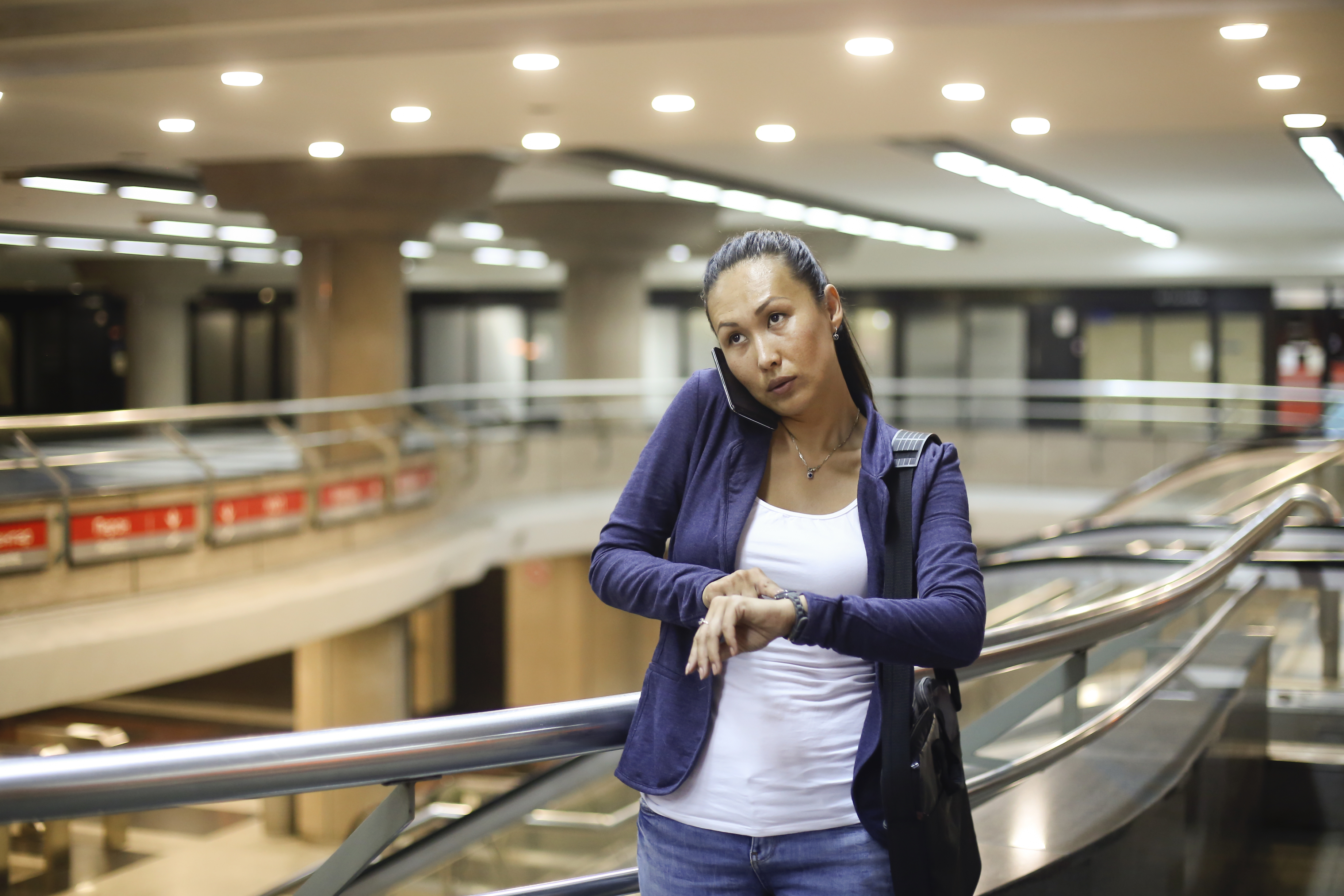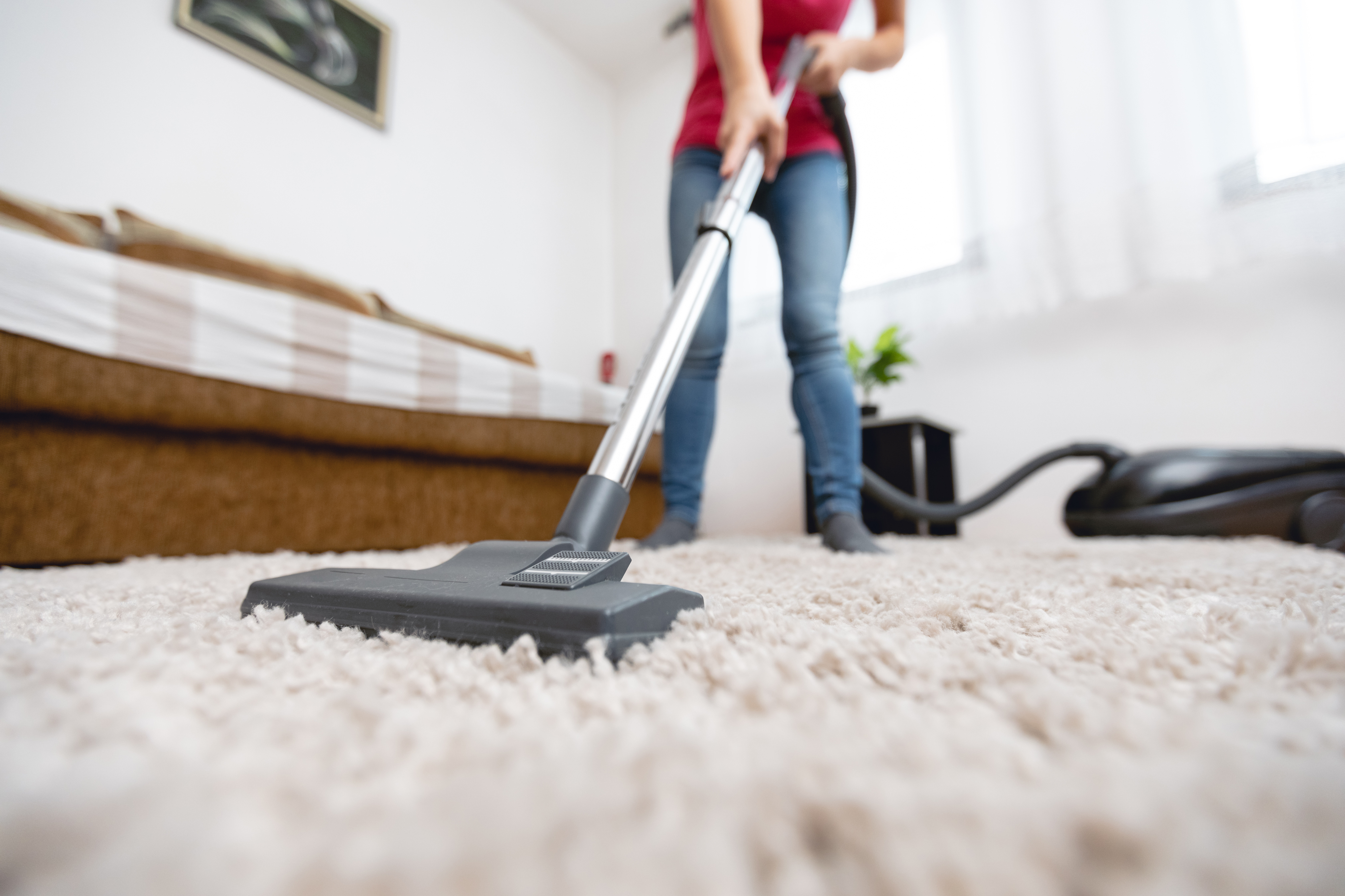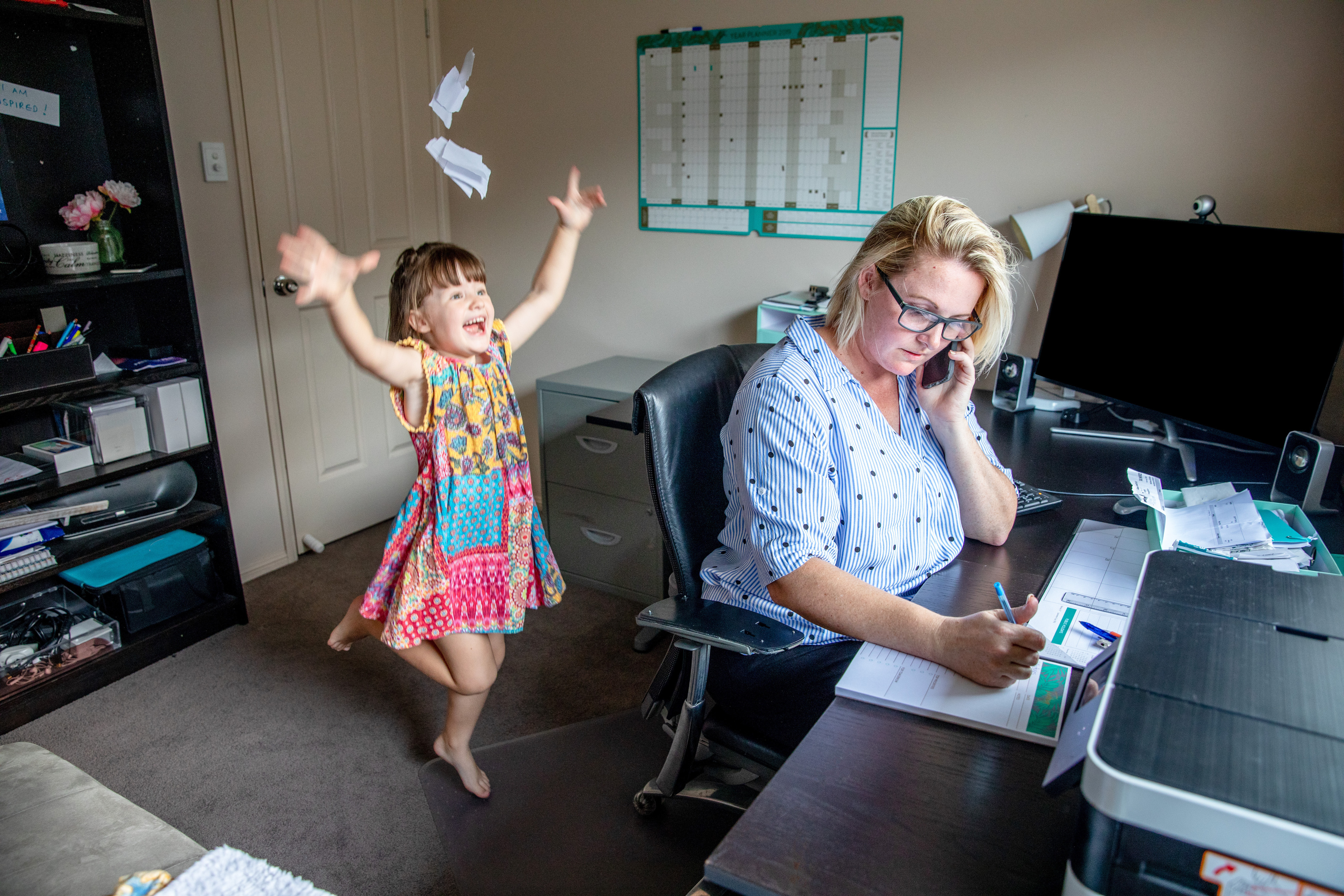
Politics & Society
Living apart together

The HILDA survey suggests that not having enough time is a significant social problem with ramifications for health and wellbeing
Published 6 December 2021
About a third of Australians feel under chronic time stress – and women generally feel more rushed for time than men.
The annual Household, Income and Labour Dynamics in Australia (HILDA) Survey of more than 17,000 people has, since 2001, been tracking Australians’ perceptions of their time stress – defined as the feeling that there isn’t enough time to do all the tasks we have to do.

It finds that higher levels of time stress are correlated with worse mental health, lower self-rated health, less exercise and lower life satisfaction. This backs up previous research associating time stress with poorer health and wellbeing outcomes.
About 38 per cent of women report being chronically time stressed – that is, they feel rushed for time “often” or “almost always” – virtually unchanged from rates in 2001. Among men, rates of time stress are around 29 per cent, but this is well down from 34 per cent in 2001.
Because we do not have actual time-use information, it isn’t possible to definitively say why time stress has improved for men.

Politics & Society
Living apart together
The Australian Bureau of Statistics (ABS) last ran a time-use survey in 2006 that highlighted the extent to which women spend more time on household commitments and men spend more time in paid work.
The ABS statistics show that people generally spend almost half their time on essential activities like sleeping, eating and personal hygiene. But it shows that women spend 22 per cent of their time on commitments – largely household work – compared with just 12 per cent among men.
But when it comes to contracted time – paid work and education – it’s the exact reverse, with women spending 12 per cent of their time contracted and men 22 per cent.
Interestingly, when it comes to free time the ABS numbers show men spend significantly more time than women on recreational and leisure activities – four hours and 29 minutes a day, or 19 per cent of their time, compared with just under four hours, or 16 per cent of their time, among women.

Given that HILDA’s questions measure people’s subjective perceptions of time pressure, it is possible to speculate that this greater time spent on leisure and recreation may contribute to men’s lower levels of perceived time stress.
However, this doesn’t explain why men’s sense of time stress in HILDA appears to have improved over time, while women’s has remained constant.
We do know from HILDA that the proportion of women in paid work has risen from 53 per cent in 2001 to 60 per cent currently, but women still tend to work fewer hours a week than men (32 hours versus 40 hours).

Business & Economics
How we’ve changed in 20 years
But while women are working more, they continue to do significantly more unpaid work (house work and caring) than men do.
Among different sex couples with dependent children, HILDA suggest that the woman is doing 21 hours more a week of unpaid work than the man, though that has narrowed significantly from 29 hours more in 2002.
It’s possible that people may perceive household work to be more stressful than paid work and this may contribute to women’s higher perceptions of time stress. For example, HILDA suggests that for each additional hour spent on housework a week, the probability of reporting chronic time stress rises.
And while earnings aren’t necessarily an accurate proxy for time spent in paid work, nevertheless, an increase in annual household disposable income also increases the probability of feeling time stressed.

It is possible that the improvement in men’s sense of time stress may partly reflect trends in workplaces becoming more flexible – allowing workers to better fit their work around their family commitments. Simply because more men are in paid work than women, this trend may be potentially benefitting men more than women.
The most time stressed people in Australia are the 35 to 44 age group where almost half report being chronically time stressed. In the 25 to 34 and 45 to 54 age groups, about 42 per cent report being chronically time stressed.

Business & Economics
What’s the impact of self-control on our lives?
Unsurprisingly, the least time stressed are aged over 65, among whom only 12 to 13 per cent report being chronically time stressed. For the 15 to 24 age group, rates of chronic time stress are about 34 per cent.
Having children aged under 15 is highly correlated with higher levels of perceived time stress. Women with two or more children are 15 to 25 per cent more likely to feel chronically time stressed compared with women with no children.
Compared to men without children, men with at least two children are 11 to 15 per cent more likely to be chronically time stressed.
Very few of us report never feeling time stressed – only three per cent of women and four per cent of men – while 26 per cent of men and 19 per cent of women report “rarely” being time stressed. Most people (around 40 per cent of Australians) report “sometimes” feeling time stressed.
Despite the apparent decline in perceived time pressure among men and the need for further research into what can explain this decline, the proportion of all Australians experiencing chronic time stress remains high. This is especially the case for prime working-age individuals between aged 25 to 54.

Given that those with chronic time stress experience worse mental health, lower self-rated health, less physical activity and lower satisfaction with life, there are obvious gains to be had from an greater policy emphasis on alleviating our sense of time pressure.
Further encouraging more flexible working arrangements, especially for working women with children, could be one area in need of immediate focus.
On an individual level, perhaps we need to be reviewing how we are spending our time and make sure we are spending enough time on the activities we really like to spend time on.
We probably also need to be paying more attention to those close to us to ensure they aren’t being left to shoulder more than their fair share of the tasks that simply need to be done.
Banner: Getty Images